

Wilhelm Anton Kaulbach (8 August 1864, Hanover - 23 April 1934, Berlin) was a German portrait painter.


Wilhelm Anton Kaulbach (8 August 1864, Hanover - 23 April 1934, Berlin) was a German portrait painter.
He was born to the painter, Friedrich Kaulbach, and his third wife, Marie, née Wellhausen. His sister, Antonie , and his half-brothers, Friedrich August and Sigmund (1854–1894) were also painters. He became deaf while still a small child, and attended a special deaf-mute school in Hildesheim. He was there for nine years, living with foster parents.
His first lessons in art came from his father. In 1882, Friedrich August brought him to Munich, where he studied at the Academy of Fine Arts. [1] In 1883, he joined a group for the hearing impaired, the "Monachia Gruß". In 1888 he had his first showing at a major venue; displaying his painting "Two Chess Players" at an exhibition in the Glaspalast. [2] He would later focus on portraits, but continued to produce the occasional genre painting.
From 1895 to 1900, he lived in Hamburg. In 1898, he married Eva Bohl (1878-1953), from Grabow, who would serve as a model for many of his paintings. They had three children. Their daughter, Gisela, would become a sort of conservator for his works, and helped identify many whose authorship was in question.
After 1901, he lived in Berlin and was named an honorary member of "Hufeisen Kunst und Handwerk" (Horseshoe Arts and Crafts), a deaf-mute society founded by Heinrich Fick . [3]
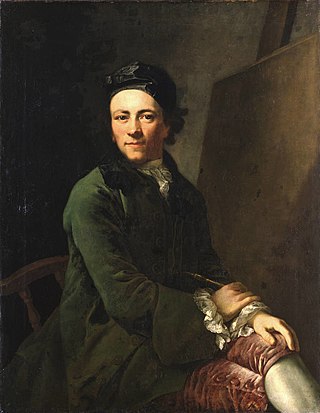
Anton Graff was an eminent Swiss portrait artist.
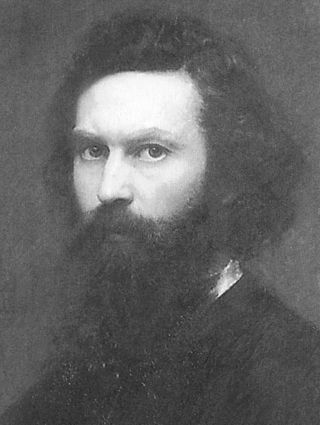
Theodor Friedrich Wilhelm Christian Kaulbach was a German painter from Bad Arolsen, Principality of Waldeck and Pyrmont. His father was Christian Kaulbach (1777–1847), a cabinet maker in Arolsen. He was also the cousin and at one time the student of the painter Wilhelm von Kaulbach, son of Philipp Karl Friedrich v. Kaulbach (1775–1846), goldsmith and amateur painter.

Friedrich August von Kaulbach was a German portraitist and historical painter.

Friedrich Georg Weitsch was a German painter and etcher.

Hermann von Kaulbach was a German painter of the Munich School.
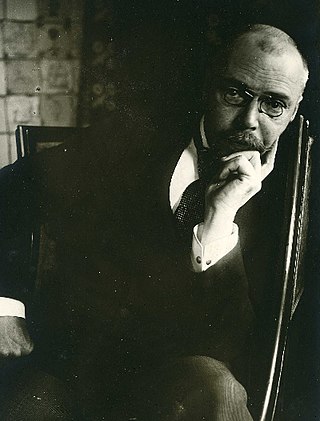
Paul Hoecker was a German painter of the Munich School and founding member of the Munich Secession

Ernst Wilhelm Hildebrand was a German painter. Many art websites mistakenly identify him as "Swiss".
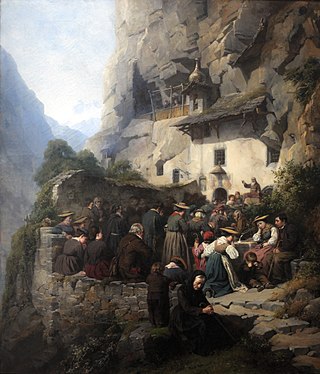
Maria Joseph Franz Anton Raphael Ritz, nicknamed Alpen-Raphael or Walliser-Raphael was a Swiss genre and landscape painter, associated with the Düsseldorf School.

Vittoria Candida Rosa Caldoni was an Italian artists' model. She was the most popular model among the German artists residing in Rome in the early nineteenth-century; especially those associated with the Nazarene movement. Over 100 paintings with her image have survived.
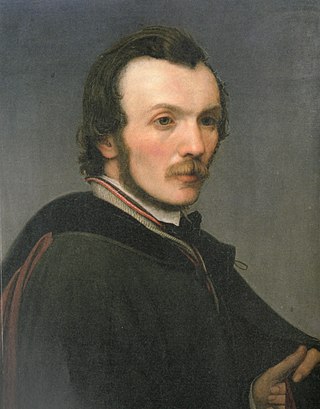
Rudolph Friedrich Wasmann was a German-born painter in the Biedermeier style. He spent most of his life in a part of the Tyrol that is now in Italy.

Karl Friedrich Rudolf Sohn was a German portrait painter in the Academic style.
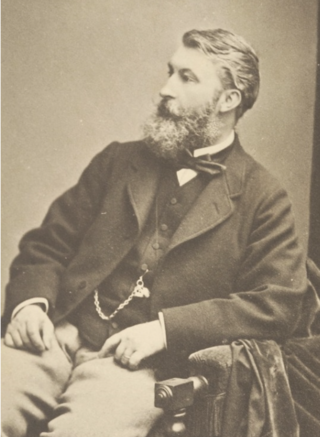
Albert de Meuron was a Swiss landscape, genre, portrait and history painter associated with the Düsseldorf School.

Carl Frithjof Smith was a Norwegian portrait and genre painter who spent his career in Germany.

Eugen Kampf was a German painter; associated with the Düsseldorf school of painting. He specialized in rural and village scenes.
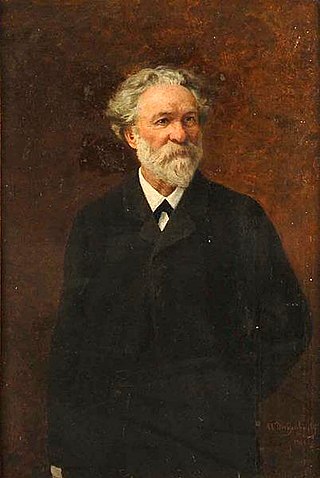
Anton Heinrich Dieffenbach was a German landscape and genre painter; noted for his portrayals of cute children.

Ludwig Willroider was an Austrian landscape painter and etcher.
Hermann Koch was a German painter.
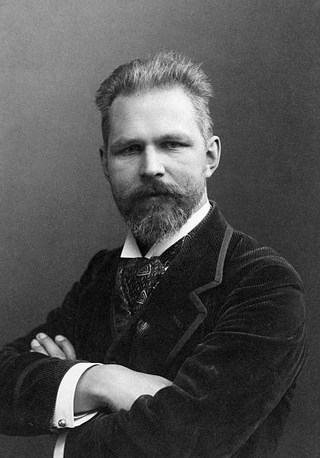
August Ludwig Georg Meyn was a German portrait and genre painter.
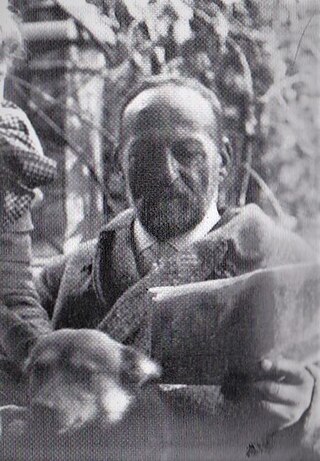
Erich Conrad Friedrich Kips was a German landscape and cityscape painter. His pictures were often reproduced for advertising posters, calendars, and postcards.
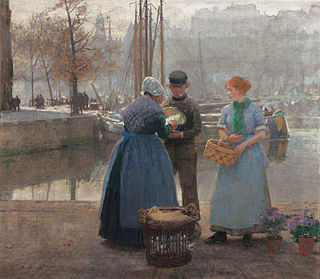
Johann Emil Rudolf Herrmann, known as Hans was a German landscape and genre painter. He specialized in scenes of the Netherlands.